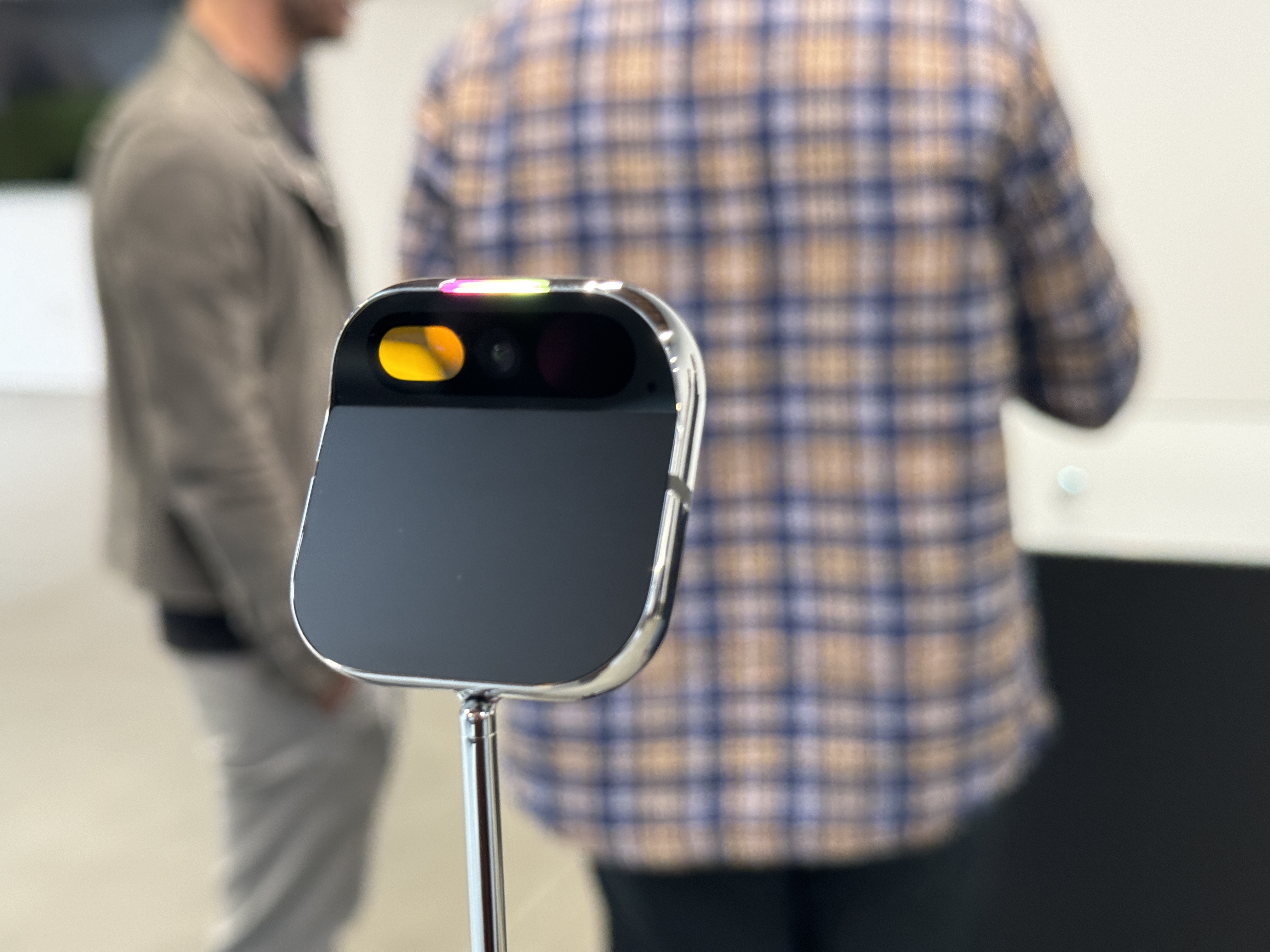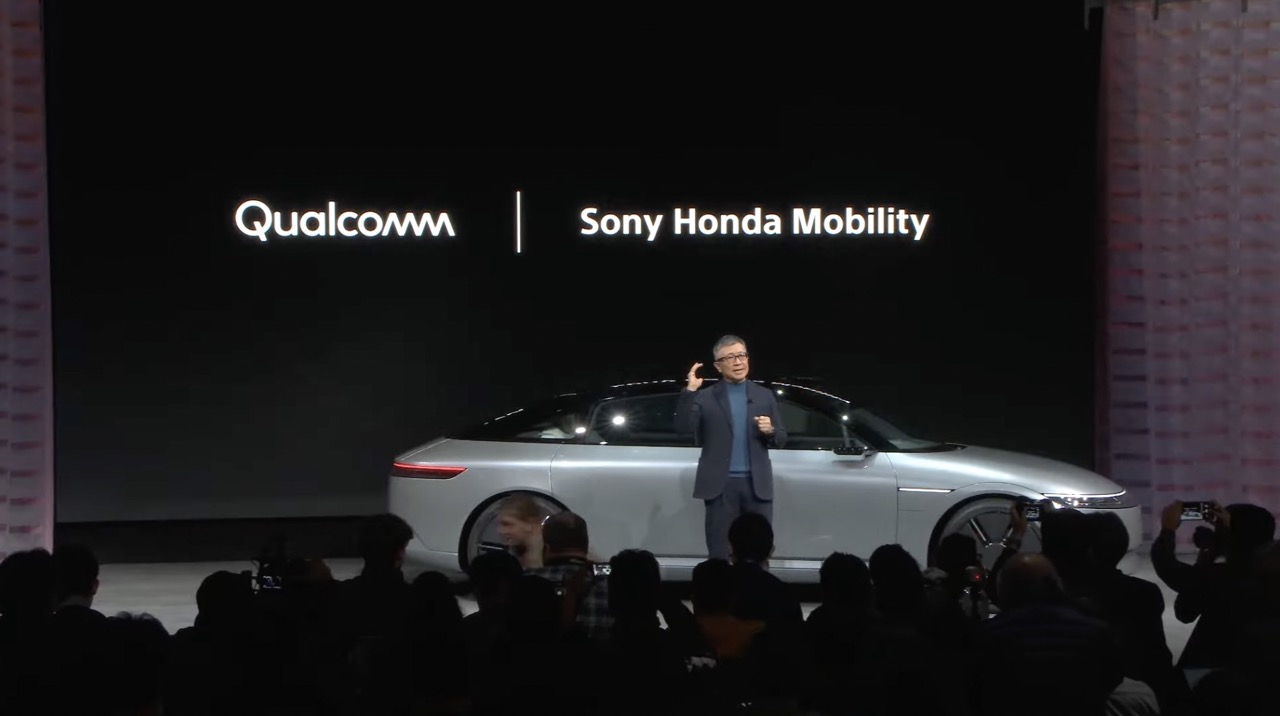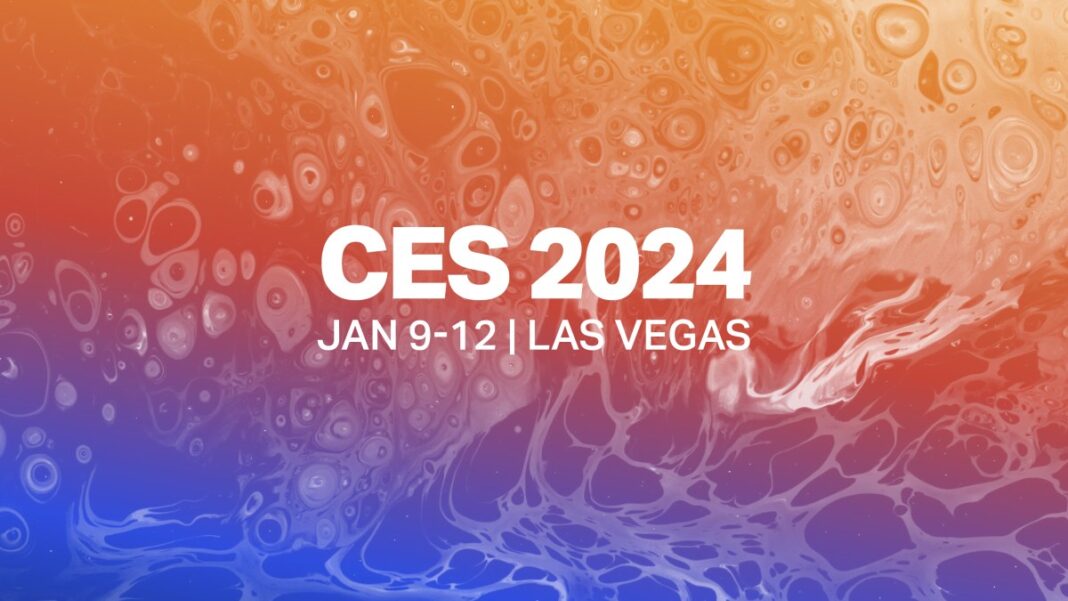More than anything, CES is a chance to plant a flag. Consumer electronics’ massive trade show is strategically positioned within the first week of the year. All the holiday tech has been purchased, opened and used or returned. It’s all a distant memory for tech companies looking to assert themselves as leading innovators for the coming year.
CES is a big show. The 2020 show, which made it just under the wire ahead of pandemic-related closures, played host to 171,000 attendees, according to show organizer, the Consumer Technology Association (CTA). For obvious reasons, the figures dwindled in coming years, but 2023 found the show hitting a respectable 115,000.
Over the years, CES’s influence has waxed and waned. Prior to the pandemic, some of the event’s largest exhibitors opted to follow Apple’s lead, saving the biggest announcements for their own events. As companies were forced to launch virtual events in recent years, that strategy solidified for many. After all, if you can attract enough interest to your own standalone events, why bother releasing news during the noisiest week of the year?
Perhaps surprisingly, that shift has been a blessing for the event in one key way: It has opened the show up to startups. If you have a smaller, newer company, shows like this are an opportunity to get yourself in front of the biggest journalists, distributors, manufacturers, et al. in consumer electronics. As any startup who has pitched me will probably tell you, it’s hard to stand out in amongst the hundreds of emails I receive daily (LinkedIn, Twitter and Facebook, too — but please don’t do this).
LAS VEGAS, NEVADA – JANUARY 5: CES, the world’s largest annual consumer technology trade show opens its door to visitors on January 5, 2022 at the Las Vegas Convention Center in Las Vegas, Nevada, United States. (Photo by Tayfun Coskun/Anadolu Agency via Getty Images)
It’s an opportunity to share a physical space with the person you’re pitching. This is especially valuable for hardware startups, who can present their product in person. Most of these companies find themselves at Eureka Park in the Venetian Expo (née Sands). This is the best part of the show. It’s the most lively, interesting and chaotic. I suspect most of the staff TechCrunch is sending would prefer to spend all week there. Unfortunately, I have a major back problem at the moment, so my time there will be minimal.
I have, however, already signed up for a bunch of suite meetings — that is to say, hotel room meetings in places like the Venetian. These are generally companies that don’t have a floor exhibit. This could be due to a lack of resources or because they’re showing off some piece of technology that isn’t ready for the public eye.
Often because of the latter these are the most interesting briefings at the event. They’re out of the way, so you don’t want to stack up too many of these, but it’s nice to have some meetings away from the chaotic din of the show floor.
In spite of the aforementioned ongoing health issues, I’m actually kind of looking forward to this CES. This is absolutely something I can’t say every year. But my optimism is two-fold. First, I believe we’re heading into a fascinating moment for consumer hardware. Supply chain issues (and international relations) have caused many to rethink how — and where — they manufacture. A move toward a more decentralized manufacturing landscape could transform the industry in exciting ways. Second — and relatedly — we recently put out a call for CES startup pitches, and thus far I’ve been impressed with both the variety and quality of the responses. I’m presently combing through a list of more than 200 startups.
We’re still about a week and a half out from the event, but interesting trends are beginning to emerge. The first should be obvious to anyone who follows the industry: generative AI. For more than a decade, AI has become an industry buzzword to the point of effectively losing all meaning in product pitches. Things are only going to get worse from here.

Image Credits: Brian Heater
The explosion of LLMs has — understandably — captured the public’s imagination. After hearing about artificial intelligence their entire life, regular people can now type a text prompt in a dialogue box and instantly get an image, video, short story or song. Last month, Humane offered the current standard for leveraging systems like ChatGPT for a consumer form factor. Whatever you think about the company or its product, there’s a reason it’s been so hyped.
More than anything, 2024 is going to be the year of generative AI claims for hardware products. Some will be genuinely impressive — I anticipate some amazing GenAI-leveraging robotics breakthroughs over the coming year. Invariably, however, most of it will be marketing bullshit. It’s our job as reporters to determine which is which.
Speaking of robotics (as I often am), CES has been dipping its toes in those waters for a few years now. Of course, the vast majority of products at the event that qualify are effectively Roomba derivatives. Nothing against the robot vacuums of the world, but these aren’t the breakthroughs we’ve been promised.

Image Credits: Amazon
I anticipate more companies will be leaning into the automated processes they utilize on the back end. Partnerships are going to be a big thing — announcements involving the piloting of different robotics systems like Agility’s Digit or Boston Dynamics’ Stretch. Who doesn’t want to showcase a robot in their booth?
TV will continue to be a major focus. Over the past several years, LG has made the strategic decision to announce its biggest products ahead of CES. And why not? Late December/early January is a painfully slow time of year. Thus far, the company has introduced a 98-inch (!) QNED LED and a gaming monitor with a 480Hz (!!) refresh rate.
As Kirsten can attest, a big part of CES’s evolution over the past few years has been its positioning as a major automotive show. Given how tech is interwoven with the automotive industry, the move makes sense. Last year, the whole of the Las Vegas Convention Center’s shiny new West Hall was devoted to mobility.
Car makers generally make a big splash at the event, including companies like Toyota and Hyundai, which own TRI and Boston Dynamics, respectively. For its part, Honda has already announced that it will be showing off new EVs at the event.

Image Credits: Sony
In recent years, big smartphone announcements are pretty much a non-starter for CES. The big players have either again shifted to their own events or are keeping their powder dry for Mobile World Congress in late February/early March.
Health tech will continue to be a big piece of the puzzle. We’re talking sleep tracking, blood glucose monitoring, blood pressure — the sorts of stuff that were relegated to professional healthcare equipment until fairly recently. Once again, Apple’s non-presence will be felt in a major way, though this year, Apple’s ongoing patent dispute with Masimo will cast a massive shadow over the event. Depending on how things shape up, the wearables market could be on the verge of looking very different in the coming year.
Speaking of Apple, AR/VR was my highlight from last year’s event, having tried out new headsets from Meta, HTC, Sony and Magic Leap. With the Vision Pro likely arriving in the next month or two, all eyes are going to be focused on mixed reality.
Never one to shy away from the spotlight, Nvidia looks to be ramping up for some big releases. AI will, of course, be the centerpiece. The company is rumored to be launching the RTX 4070 Super and RTX 4080 Super GPUs at the event.
CES runs January 9-12 in Las Vegas. The big press days kick off two days prior, on the 7th. Bookmark our CES 2024 page for the latest.
Source link










